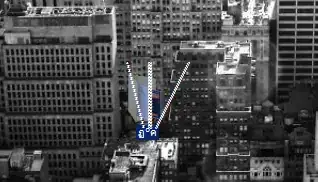I couldn't put them in the title because they actually seem to have many bytes:
I took some screenshots:



I couldn't put them in the title because they actually seem to have many bytes:
I took some screenshots:



This question is a duplicate of the question @Bob linked. To expand on the accepted answer to that question, Unicode supports stacking diacritics, so what you're actually seeing are a whole bunch of characters, but part of their definition is that they get stacked on top of the previous character.
Consider the Spanish character, Ñ. It is really an N with a ~ displayed above. While many combo characters are pre-made and available in Unicode (and even ANSI), Unicode supports making the many variations that non-Latin alphabets require.